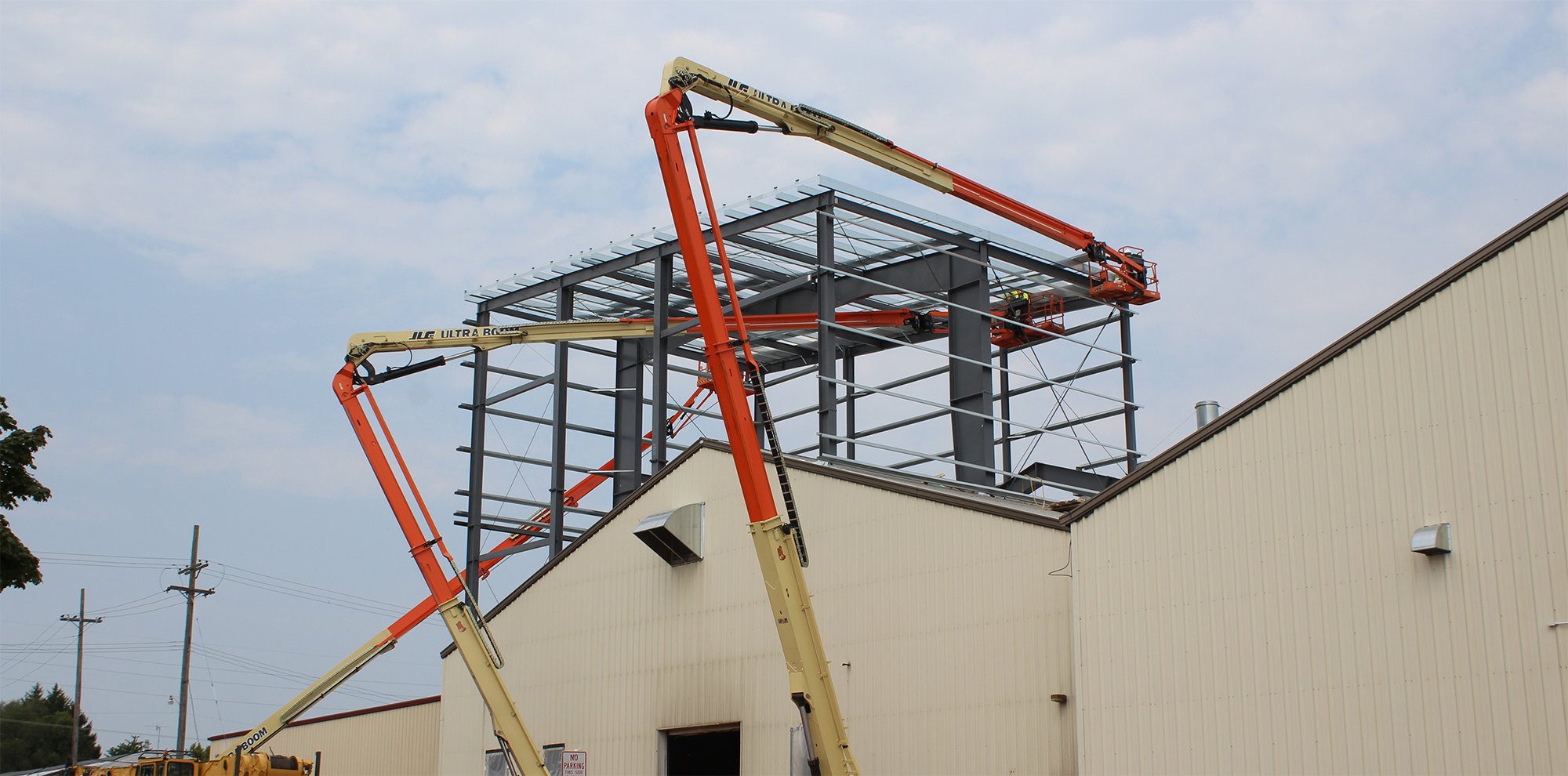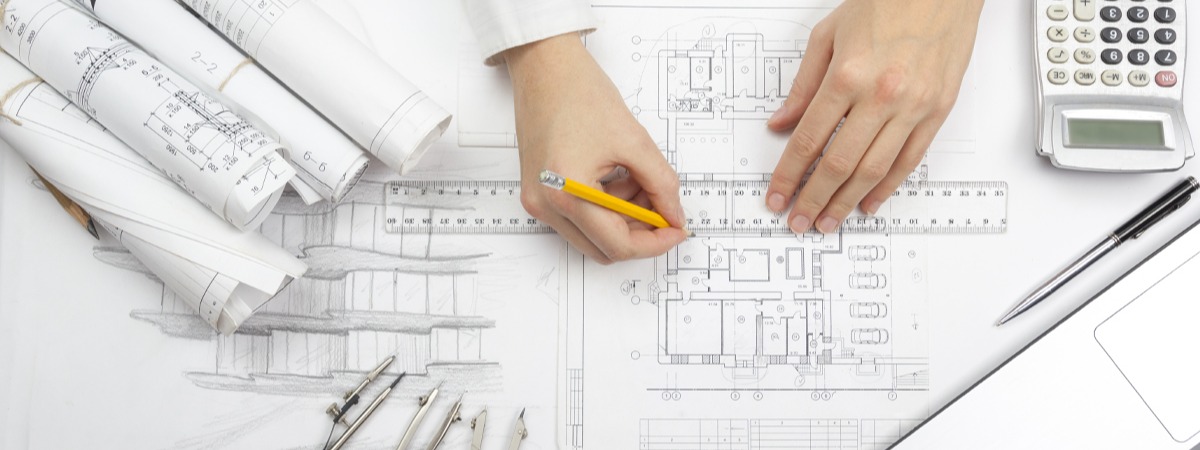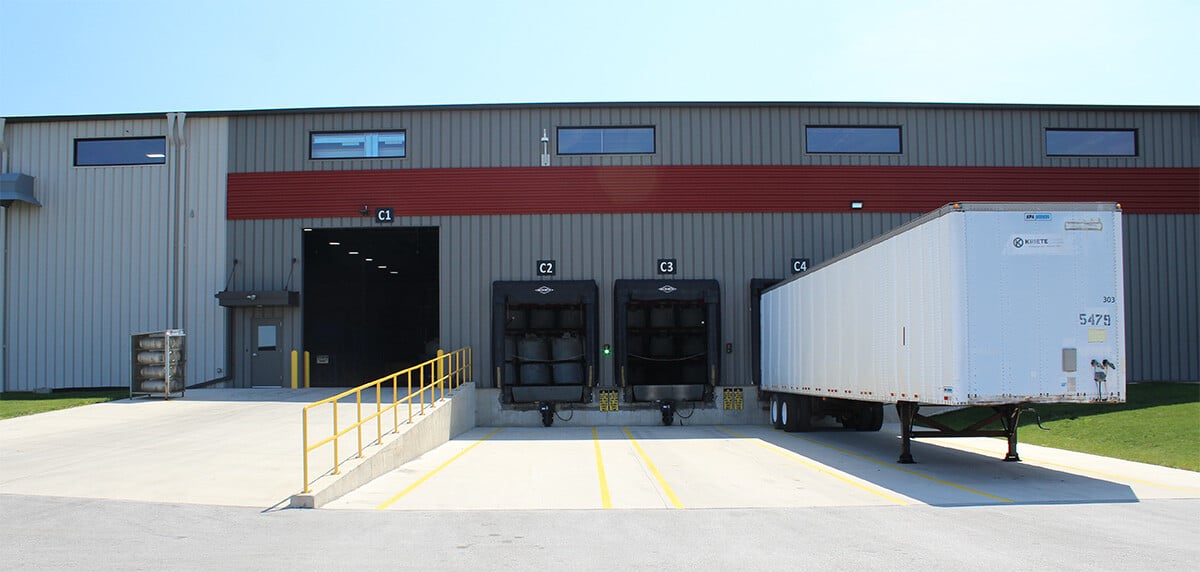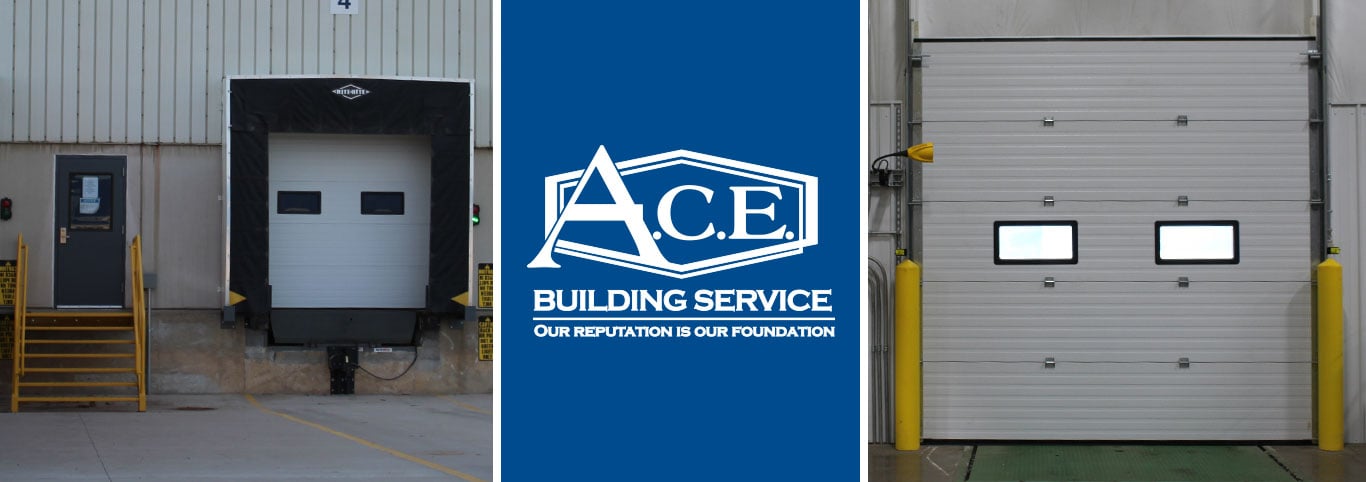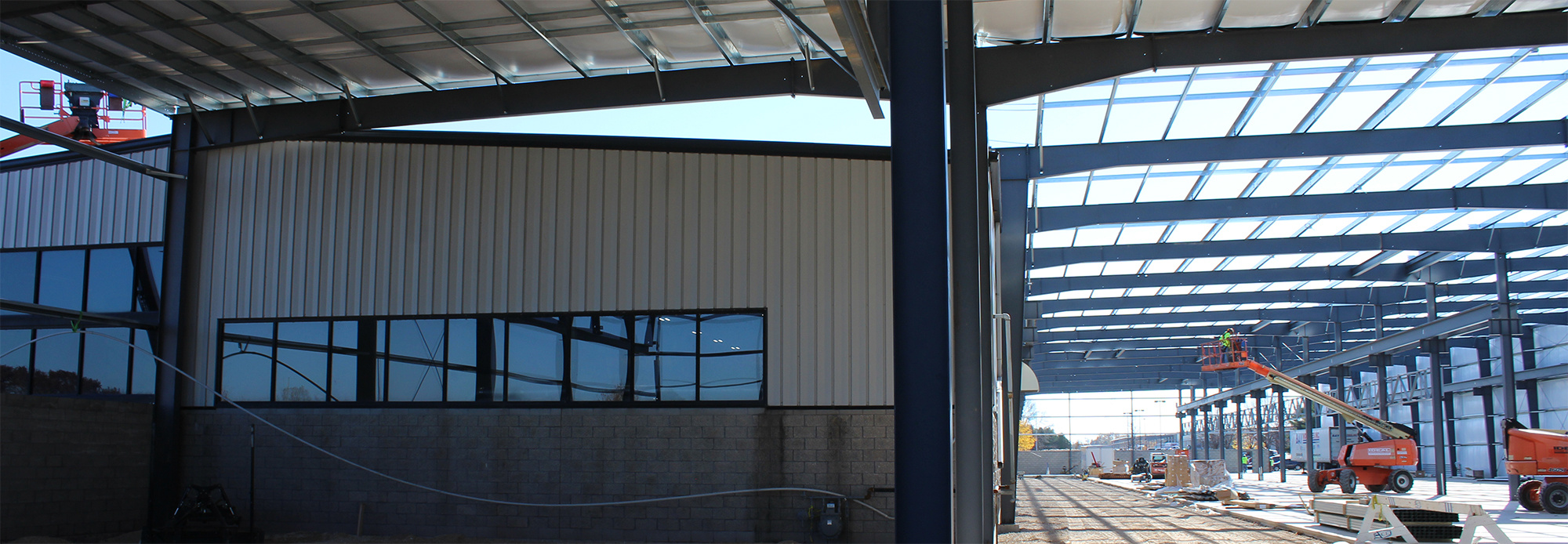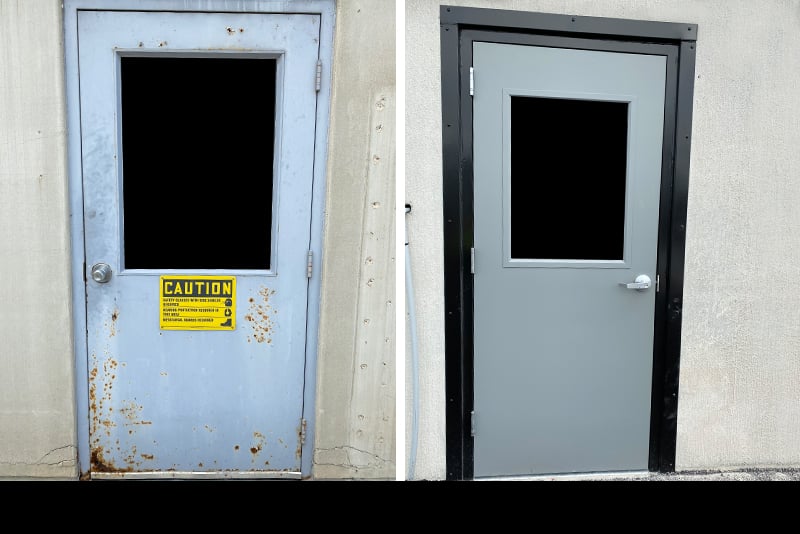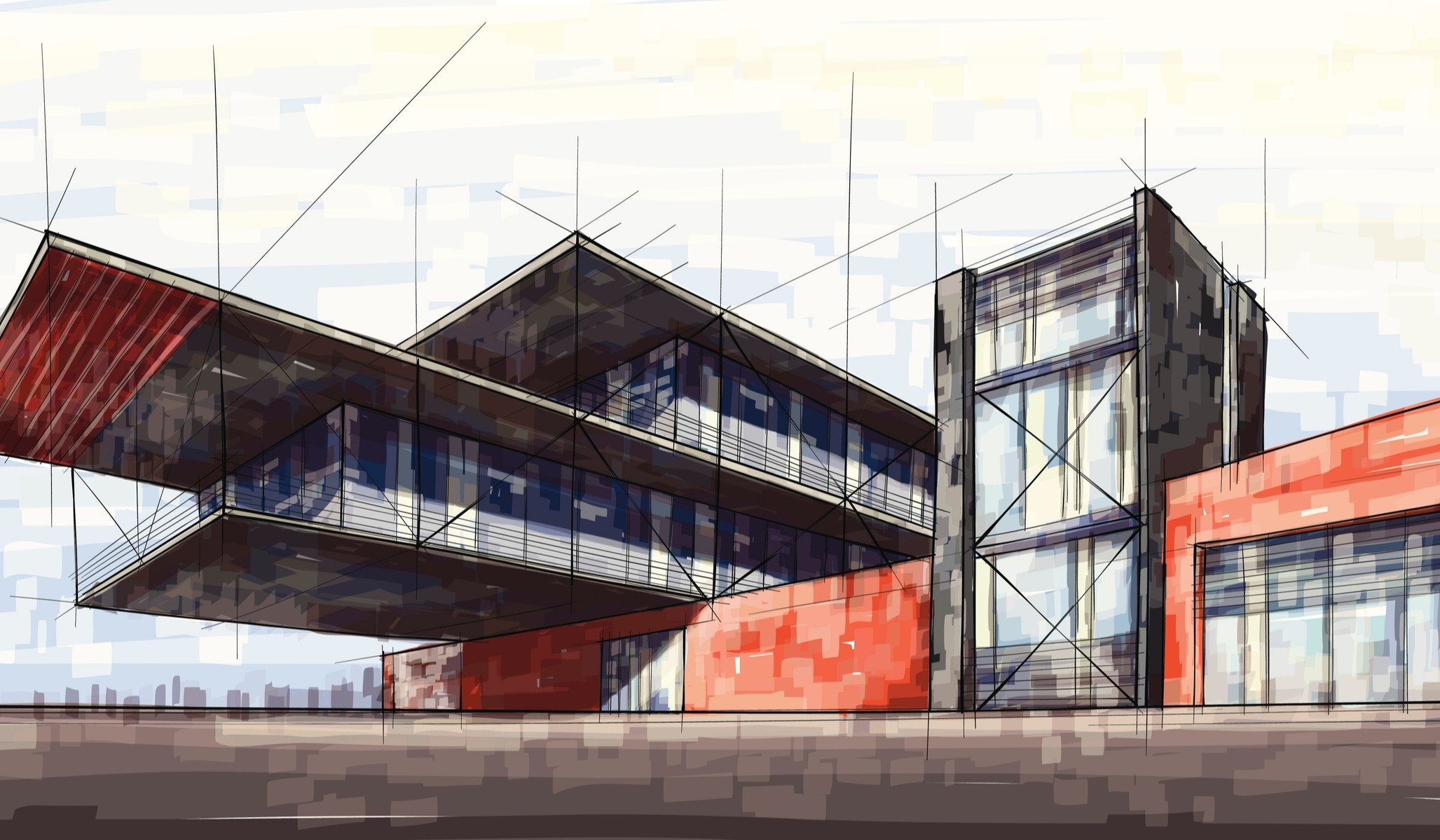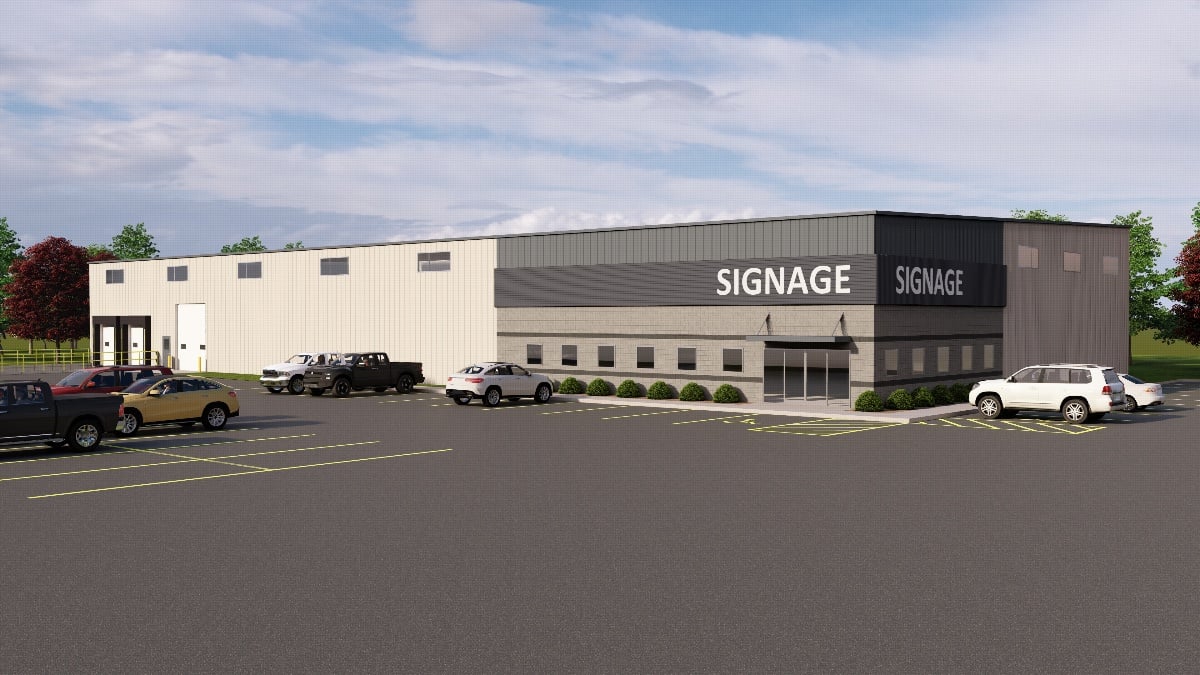
Construction Resources
Construction Resources
Building Northeast Wisconsin Since 1963
Chris Herzog
President
Chris is a graduate of The University of Wisconsin - Platteville where he earned his Bachelor of Science degree in Construction Management. In addition, he is a LEED accredited professional (LEED-AP). He began his career with A.C.E. in 2005 as an estimator/project manager and later held the responsibilities of business development and marketing before assuming the role of President in 2021. In addition to the overall management and leadership of the company, he continues to build relationships with clients, serves at the board level in several community organizations, and ensures that the company's core values are upheld and at the center of every project.
Chris is a graduate of The University of Wisconsin - Platteville where he earned his Bachelor of Science degree in Construction Management. In addition, he is a LEED accredited professional (LEED-AP). He began his career with A.C.E. in 2005 as an estimator/project manager and later held the responsibilities of business development and marketing before assuming the role of President in 2021. In addition to the overall management and leadership of the company, he continues to build relationships with clients, serves at the board level in several community organizations, and ensures that the company's core values are upheld and at the center of every project.
Recent Posts
Choosing the right general contractor is critical when planning to expand or construct a new manufacturing facility. The success of your project depends on this choice, as a reliable contractor ensures a successful project outcome that meets quality, budget, and timeline expectations. At A.C.E. Building Service, we’ve worked with manufacturing businesses across Manitowoc, Sheboygan, and Wisconsin’s Lakeshore Area for decades. In this blog post, we draw on our extensive experience in industrial and manufacturing construction to provide you with the insights and knowledge needed to select the best general contractor for your specific manufacturing construction needs.
Read More
It’s common for people outside the construction industry to see a building being constructed and not understand how much planning goes into that project before the first shovel breaks the ground.
Read More
Build-to-lease development is a commercial real estate solution in which a developer or investor funds and constructs a custom facility specifically for a tenant. When the building is complete, the tenant leases the property long-term. This model ensures the facility aligns perfectly with the tenant’s operational needs while eliminating the upfront capital investment typically required to purchase or build the property themselves.
Read More
Expanding your warehouse is a powerful way to boost efficiency, increase storage capacity, and elevate productivity. But how do you know when it's the right time to think about expansion? And what are some key considerations to take into account when budgeting? How far out should you plan, and where do you even get started?
Read More
Reliable loading docks are vital to the productivity and efficiency of many different types of businesses, ranging from production factories to retail stores. A loading dock is the lifeblood of a facility, and when run efficiently, it can ensure the fastest and safest inflow and outflow of goods.
Read More
Replacing your old entry door with a new commercial door is a great opportunity to set a positive tone for your customers while offering significant cost-saving benefits for your business.
Read More
Together with increased industry customer demands and the abilities of specialized contractors, such as A.C.E. Building Service, the future of commercial and industrial building construction is here.
Read More
Pole building.…steel building….metal building.…pole barn…. Same thing, different name, right? Wrong! Although they can appear similar on the outside, the differences between a wood-framed structure (pole building, pole barn, pole shed, post-frame building) and a pre-engineered metal building (steel building, metal building) are pretty significant. Below, we highlight the differences between pole buildings and metal buildings and why these differences are important to consider as you decide what best fits your needs.
Read More
It's a common misconception that pre-engineered metal buildings have design limitations or parameters on width, length, and height. In actuality, they are meant to be designed to individual requirements and can be configured in many different ways. For over 60 years, A.C.E. Building Service has been building a reputation for listening to clients, understanding their needs, and helping them design and create metal structures that effectively meet their demands of today and easily adapt to their needs of tomorrow. There are many factors to consider when choosing the right metal building size. Luckily, our expert team is here to help determine the best size for your metal building. Keep reading to learn more!
Read More
What's Being Built In Northeast Wisconsin?
Subscribe to see all the latest news from A.C.E. Building Service. We promise we will not flood your email inbox, and we never, ever share our contact list. We promise.
Subscribe for the Latest Construction News
About Us
A.C.E. Building Service offers design/build commercial and industrial construction services throughout Northeast Wisconsin and is the exclusive Butler Builder for the lakeshore from Sheboygan to Door County.



